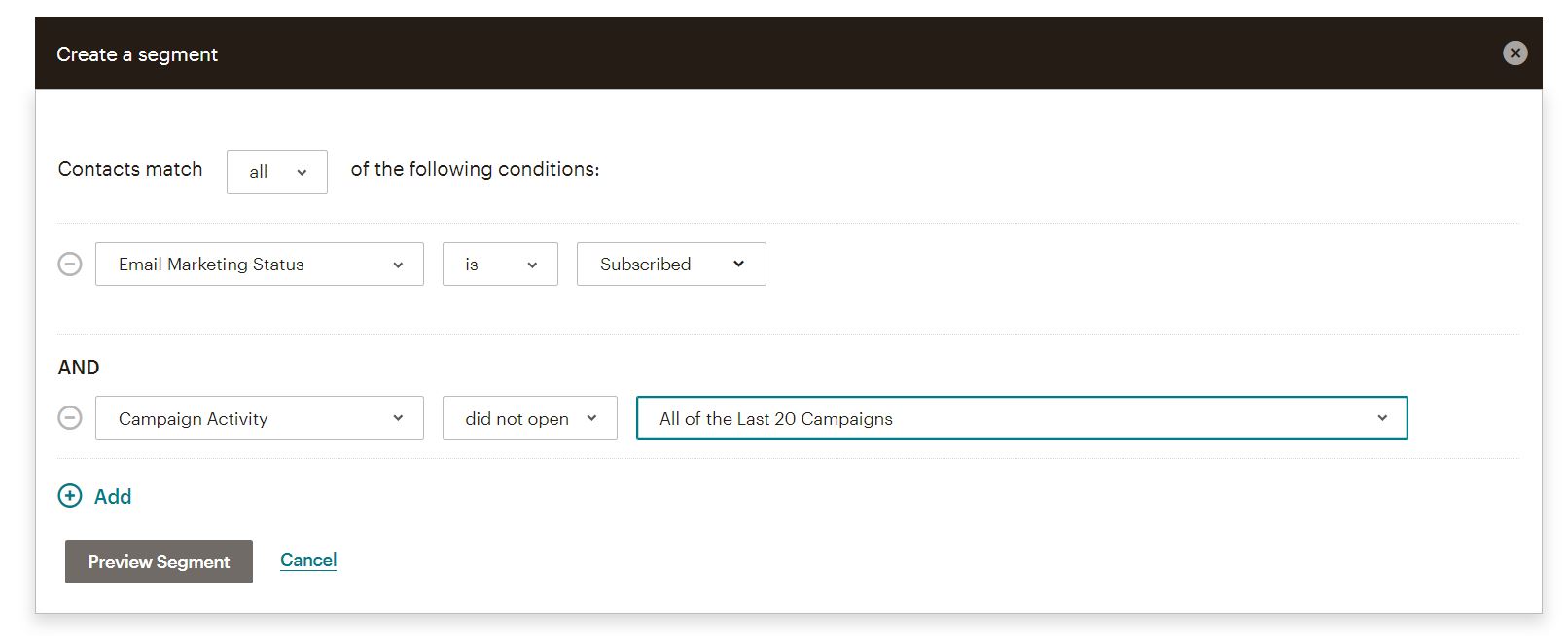The hospitality industry has always valued the relationship with your guests. However, your hotel’s relationship and engagement with guests can have its ups and downs, especially in the realm of marketing. Uninhibited by algorithms, email marketing presents a unique opportunity to engage with your guests when they are away from your property. According to a Marketing Sherpa study, 96% of people would like to receive promotional emails from companies they do business with.
Although people are open to the idea of hearing from you, this does not mean they are actively engaging with your hotel. Have you noticed a drop in engagement with lower open rates or click rates on your promotional emails? An email re-engagement campaign can bring customers back to active status and help boost open rates for more conversions. Design and execute your own re-engagement campaign using the guide below!
Choose your re-engagement perk.
A re-engagement perk is the benefit you choose in order to incentivize your disinterested subscribers to engage with your emails again. The most important aspect of choosing a re-engagement perk is that it has to be worth the guest’s time. You are asking the guest to take time out of their busy day to open, read, click, and possibly even convert on your email. Simple 10% off discounts that you have done before, a free drink at your on-site dining, or anything else low-stakes will not cut it. Likely, you have already sent out emails offering those low-stakes rewards, and the guest has ignored those. You need an incentive good enough to catch their attention, keep it, and then convert.
Instead, think high-stakes. Think about what would make a guest with no brand or hotel loyalty choose you over your equally qualified competitors. You can do an exclusive sale code—something higher than what you would find on your website at any given time. Or, you could do a raffle for a big prize such as a free weekend stay. Raffles do have some legal limitations though, so remember to consider that when determining your perk.
Filter your disengaged subscribers.
There are multiple ways to identify what subscribers are disengaged. MailChimp provides a 16-point scale that measures the quality of your subscribers, indicating how active they are.
When viewing your contacts under the Audience tab, you can see their rating out of five stars.

If you would like to filter based on subscriber rating, first go into your Audience tab. Then, select “New Segment.”

Then, select options from the dropdown so the segment filter is set to “Contact Rating is less than three stars.”

Then, click “Preview Segment”.
When the segment preview generates, make sure to click “Save Segment.”

Name the save in a recognizable way. Now, with this saved segment, you will be able to send to those disengaged subscribers specifically.
Another filter to consider when identifying your disengaged subscribers is their last opened campaign. If you send email marketing campaigns regularly (at least once a month), then filtering by those who have not opened a campaign in the last year is a good option.
The steps for filtering this way are the same, except when you reach the segment options, select “Campaign Activity did not open all of the last 20 campaigns.”

Preview and save the segment.
Design your re-engagement campaign.
First and foremost, acknowledge the elephant in the room. Admit, in a tone conducive to your brand, that is has been a while. You want your disengaged subscribers to know you are sending this campaign, this deal, exclusively to them because you want to engage with them again. You want them to feel special!
After that acknowledgment, keep it simple. Write a subject line that highlights the exclusivity of your deal, has an action verb, and includes the big selling point of your re-engagement perk. For example, if you are doing a 25% off deal, you could use a subject line like: “We miss you! Book now for 25% off your stay”.
In addition to a strong subject line, make sure your main call to action (CTA) is simple in it’s messaging, but again hits that re-engagement perk. Using the same example as above, your CTA could be: “Book Now & Save 25%”.
Once your campaign is designed, make sure you test it extensively before sending. Make sure your exclusive code or contest form works. There’s nothing more embarrassing than hyping up an amazing deal for it to not work.
While you should do this for every email, it is especially important in re-engagement campaigns to include an unsubscribe link that is easy to find. Not only is this legally required&mdashyou could get blacklisted from sending any emails if you do not&mdashbut it is also just good business practice. While you would like guests to re-engage, you do not need that email clogging up your list if they never bother reading them.
Send and evaluate your campaign.
Remember, send only to the disengaged segment you filtered. If you send to your whole list, you are defeating the purpose of the campaign.
Once you have sent your campaign, look at open rates and click rates through your MailChimp reporting. If you used an exclusive code, check out the conversion rate too. Most importantly, make sure to keep looking at the data after you send additional campaigns. Examine if those subscribers re-engaged or not. If they did not, consider cleaning them from your list (check out how to clean your email list with our guide!).
Ready to Run Re-Engagement Campaigns
Re-engagement campaigns can help energize your subscriber lists and bring guests back after lapsed loyalty. They should have a good re-engagement perk, only be sent to disengaged subscribers, and have strong subject lines and clear CTAs.
Interested in running a re-engagement campaign but need further assistance? Contact Blue Magnet.




